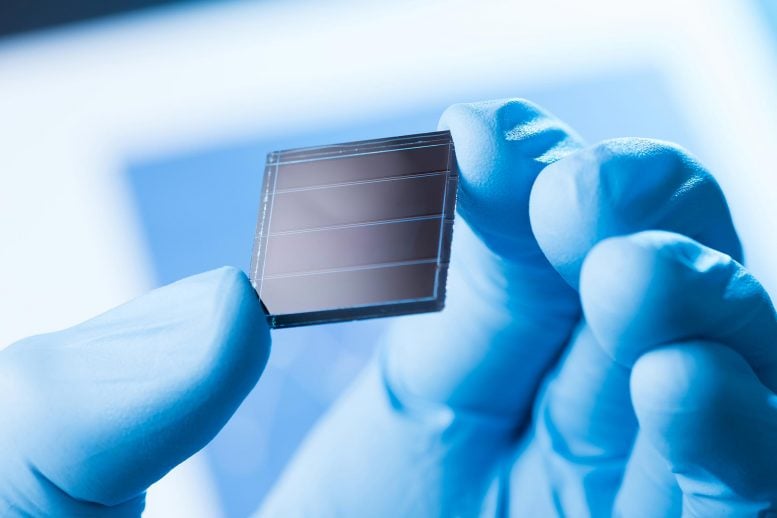
A new model from Swansea and Åbo Akademi universities improves thin-film solar cell efficiency. It addresses the limitations of the traditional Shockley diode equation, optimizing electricity collection and minimizing recombination losses.
Researchers have developed a new analytical model that enhances the understanding and efficiency of thin-film photovoltaic (PV) devices, challenging the longstanding Shockley diode equation. Their findings illuminate how these flexible, low-cost solar cells can achieve higher efficiency by balancing electricity collection and minimizing charge recombination losses.
Physicists at Swansea University and Åbo Akademi University have achieved a major advancement in solar cell technology by creating a new analytical model. This model enhances the understanding and efficiency of thin-film photovoltaic (PV) devices.
For nearly eight decades, the so-called Shockley diode equation has explained how current flows through solar cells; the electrical current that powers up your home or charges the battery bank. However, the new study challenges this traditional understanding of a specific class of next-generation solar cells, namely: thin-film solar cells.
These thin-film solar cells, made of flexible, low-cost materials have had limited efficiency due to factors that the existing analytical models couldn’t fully explain.
The new study sheds light on how these solar cells achieve optimal efficiency. It reveals a critical balance between collecting the electricity generated by light and minimizing losses due to recombination, where electrical charges cancel each other out.
“Our findings provide key insights into the mechanisms driving and limiting charge collection, and ultimately the power-conversion efficiency, in low-mobility PV devices,” said the lead author, Dr. Oskar Sandberg of Åbo Akademi University, Finland.
New Model Captures the Missing Piece
Previous analytical models for these solar cells had a blind spot: “injected carriers” — charges entering the device from the contacts. These carriers significantly impact recombination and limited efficiency.
“The traditional models just weren’t capturing the whole picture, especially for these thin-film cells with low-mobility SciTechDaily